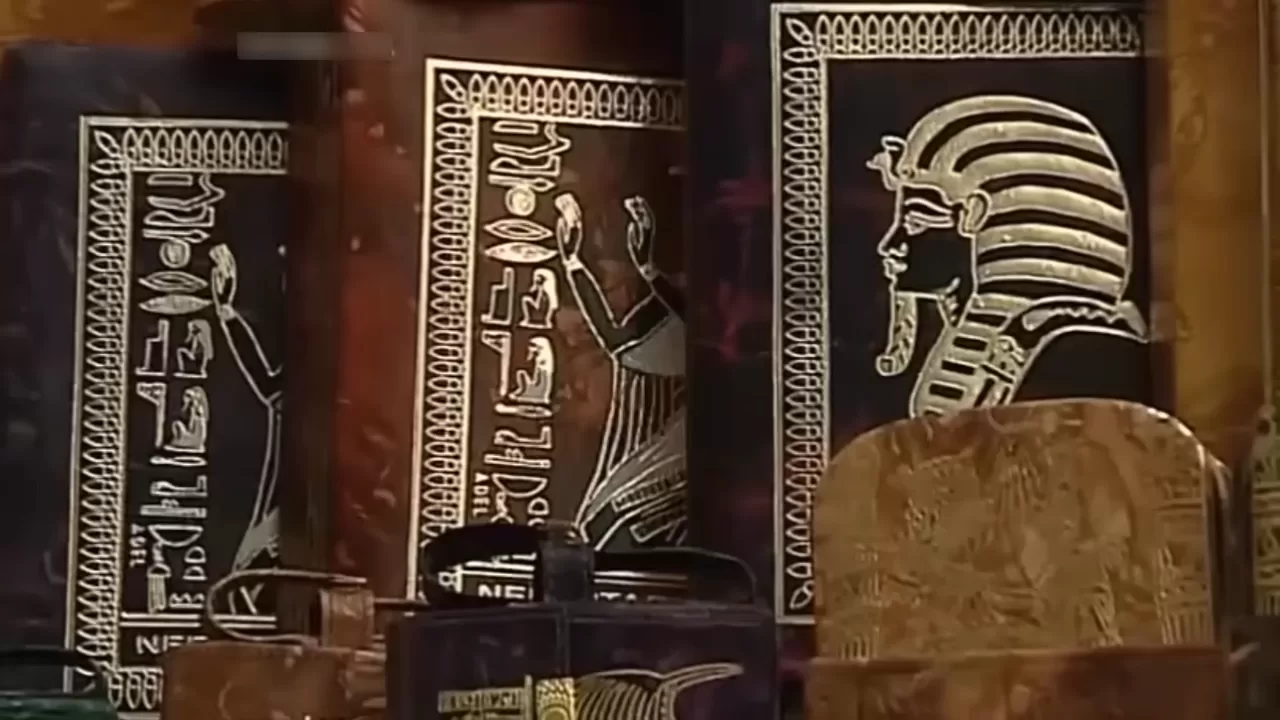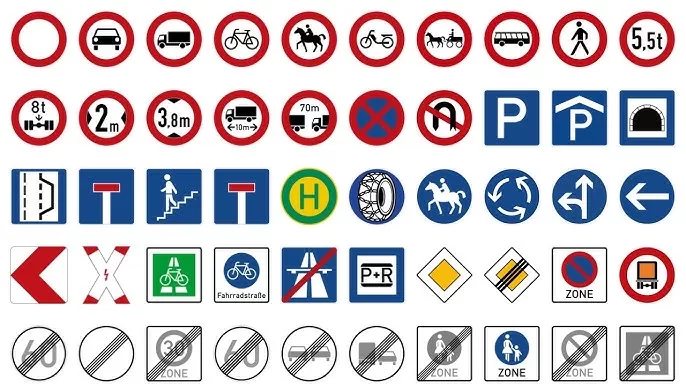The River Nile has been the foundation of Egyptian civilization for millennia, providing fertile land and inspiring some of history’s earliest mathematical advancements. As settlements grew along its banks, the need to measure, record, and calculate became crucial to the administration of land, trade, and taxation. Ancient Egypt’s contributions to mathematics not only aided their day-to-day governance but also laid the foundation for future mathematical discoveries.
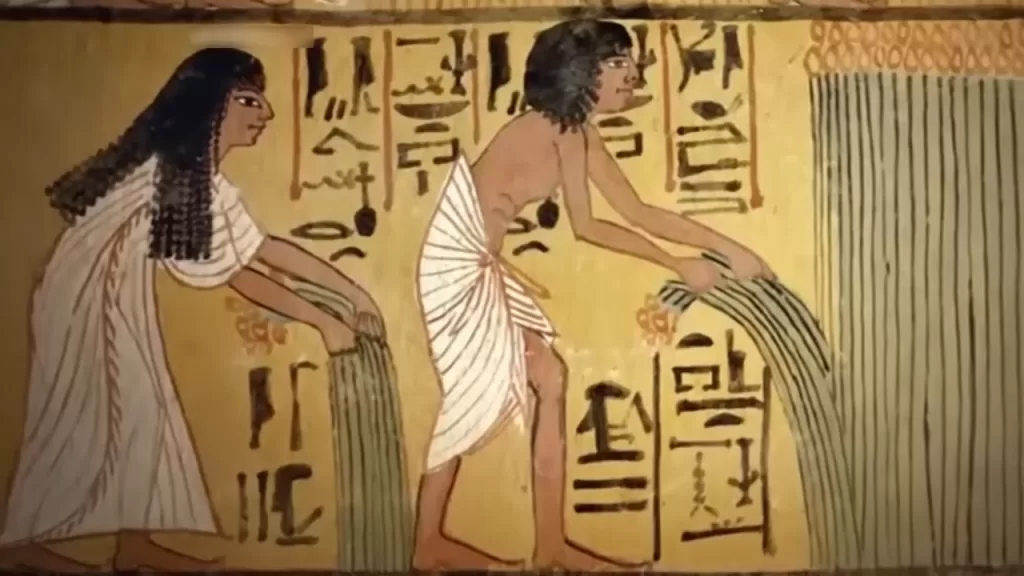
Mathematics and the Nile: The Origins of a Calendar
The flooding of the Nile was the most important agricultural event of the year. It signaled the start of the new year and provided fertile land for farming. To track these floods, the Egyptians developed an early calendar system, based on lunar cycles and the observed patterns of nature. This required them to count and measure time meticulously, leading to one of the earliest known numerical record-keeping systems.
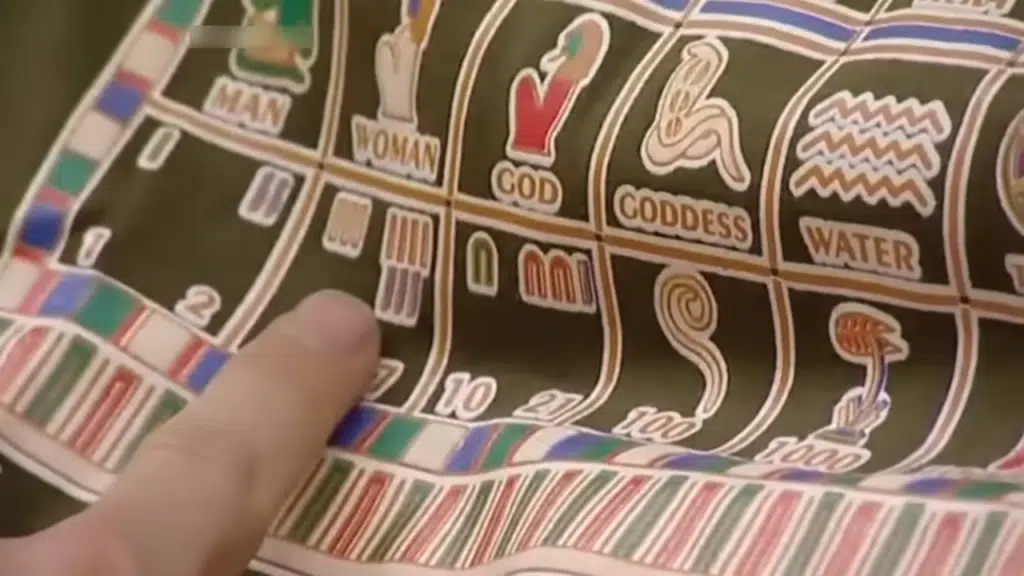
Measuring Land: A Necessity for Governance
With the expansion of settlements, Egyptian rulers needed ways to administer growing territories. Farmers were taxed based on the size of their land, which required surveyors to develop early measurement techniques. Egyptians measured land using body-based units, such as:
- A palm – the width of a hand
- A cubit – the length from the elbow to the fingertips
- Land cubits – used to assess agricultural fields for taxation
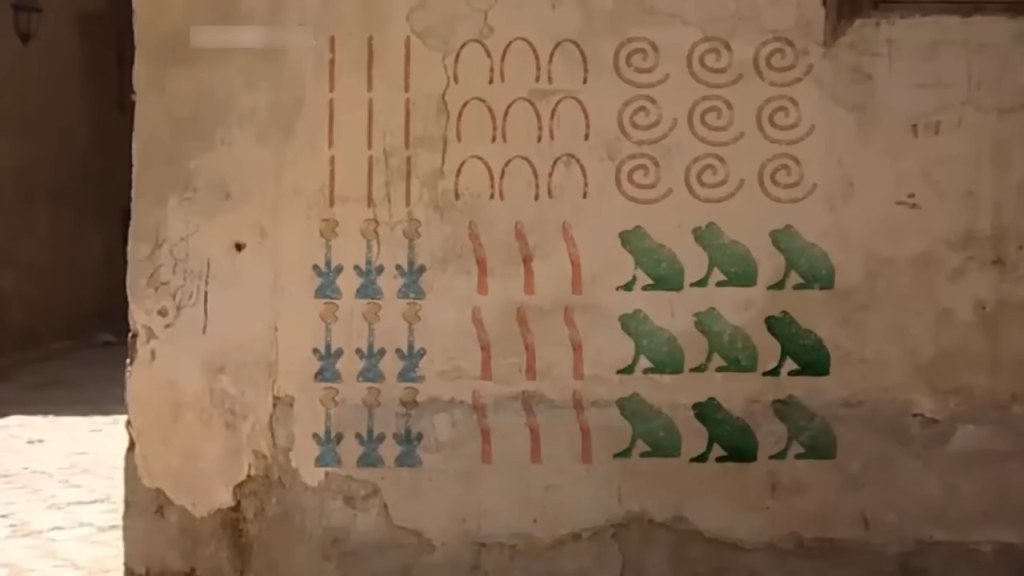
These units allowed them to develop one of the earliest bureaucratic record-keeping systems, which in turn fueled the need for more advanced calculations.
The Egyptian Number System: Simplicity and Limitations
Egyptians utilized a decimal system, inspired by the ten fingers on human hands. Their hieroglyphic symbols for numbers included:
- 1 – A single stroke
- 10 – A heel bone
- 100 – A coil of rope
- 1,000 – A lotus plant
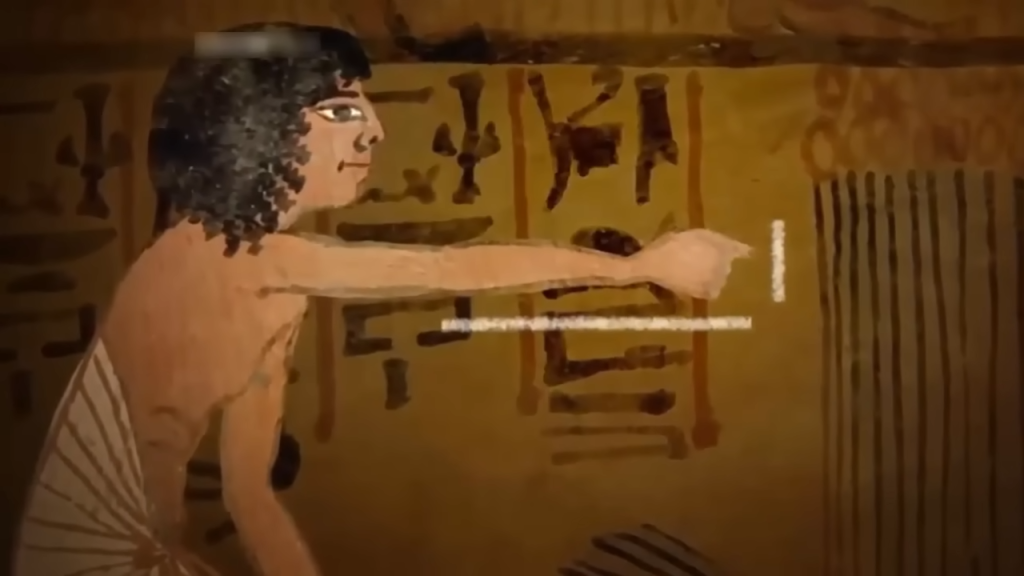
Despite its ingenuity, the system lacked place value, meaning calculations involving large numbers became cumbersome. Writing a number like 999,999 required a scribe to meticulously draw 54 symbols, highlighting the limitations of their numerical system.
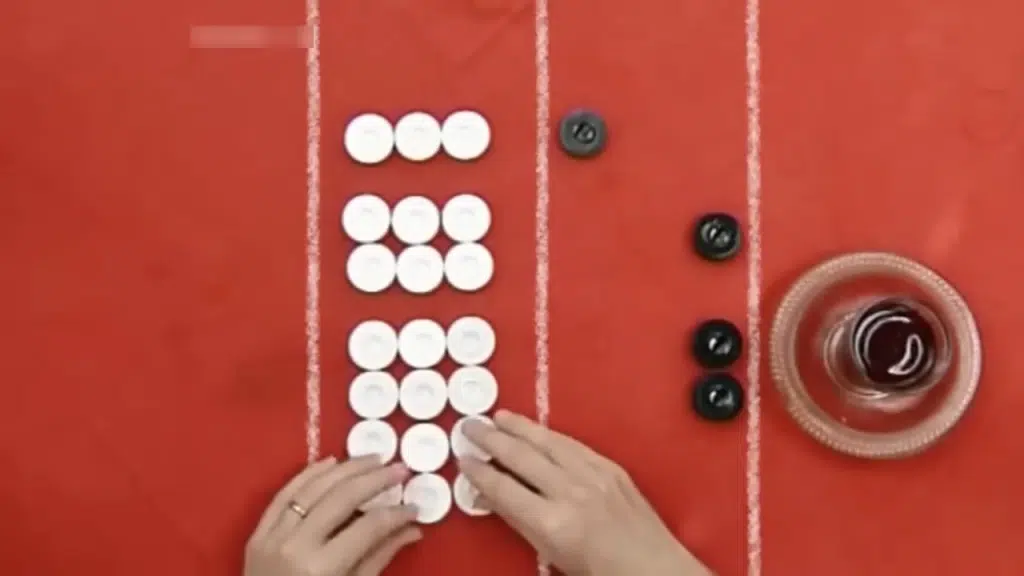
Papyrus Records: The Birth of Documented Mathematics
Most Egyptian mathematical knowledge comes from ancient papyrus records, the most famous being the Rhind Mathematical Papyrus, written by the scribe Ahmes around 1650 BC. This document includes:
- Basic arithmetic operations such as addition, subtraction, multiplication, and division
- Fractions, represented by unit fractions (e.g., 1/2, 1/3, 1/15)
- Equations for practical problems, including how to distribute bread and beer among workers
- Early binary calculations, which foreshadowed modern computing principles
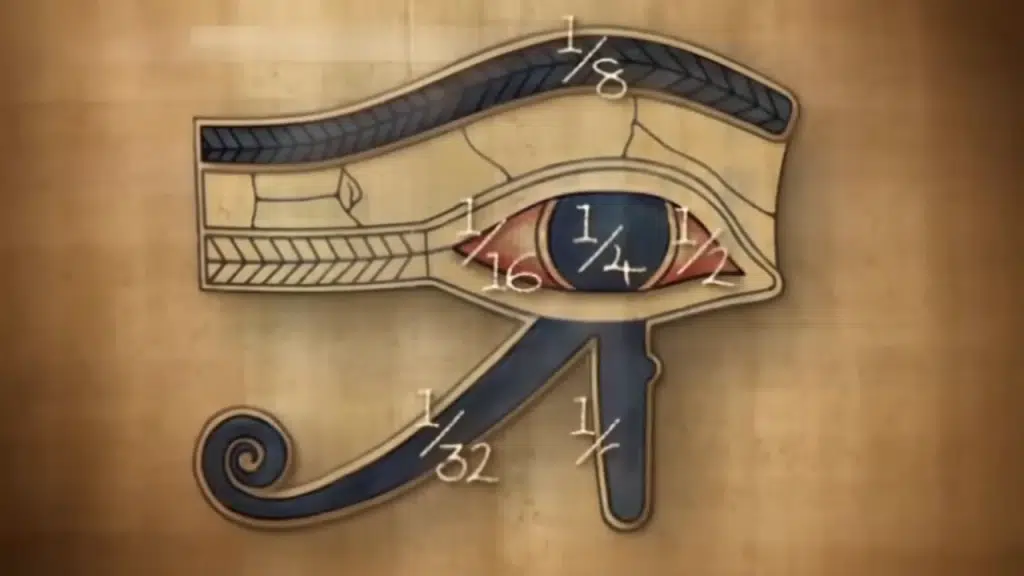
Geometric Discoveries and the Concept of Pi
The Egyptians were among the first to study geometry, essential for land division and construction. They approximated the area of a circle using a method that closely resembles modern pi (π) calculations. Their formula for the area of a circle—based on a square of 8 units closely matching the area of a circle with a 9-unit diameter—produced a value for π around 3.16, impressively close to the actual 3.1416.

Pyramids and Mathematical Precision
The Great Pyramids of Giza are not only architectural marvels but also reflect advanced mathematical concepts. Egyptian builders used:
- Pythagorean principles to ensure right angles in pyramid construction
- A knotted rope method (3-4-5 triangle) to create perfect right angles
- Possible applications of the golden ratio, influencing later artistic and architectural design

The Earliest Hints of Calculus
The Moscow Papyrus contains formulas for calculating the volume of truncated pyramids, suggesting that Egyptian mathematicians were experimenting with early forms of integration—thousands of years before Leibniz and Newton developed modern calculus.

Conclusion: Egypt’s Lasting Mathematical Legacy
Ancient Egypt’s mathematical advancements weren’t just practical tools for daily life—they laid the groundwork for geometry, algebra, and numerical record-keeping that influenced later civilizations, including the Greeks and Romans. Their problem-solving skills, developed out of necessity, turned them into some of the earliest mathematical innovators in history.
From tracking the Nile’s floods to building the pyramids, the Egyptians demonstrated an unparalleled ability to use mathematics to shape their world. Today, we still see echoes of their numerical ingenuity in our calendar systems, architectural designs, and even modern computing principles.
